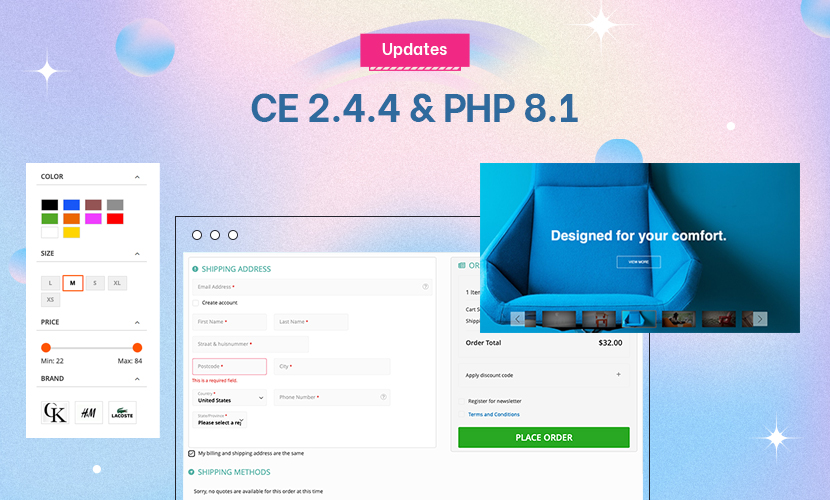Nail fungus is more than just a cosmetic concern—it’s a stubborn condition that can compromise both comfort and confidence. Characterized by thick, discolored, and sometimes foul-smelling nails, fungal infections of the nail are surprisingly common. With multiple options for nail fungus treatment available today, it’s important to understand how infections develop, what symptoms to look for, and which methods are most effective for long-term relief and nail restoration.
What Leads to Fungal Nail Infections?
Fungal nail infections, or onychomycosis, occur when fungi—mainly dermatophytes—find their way into or under the nail. These microorganisms flourish in moist, dark conditions, such as those found inside shoes or shared shower areas. Once established, the fungus feeds on keratin, the protein that makes up the nail. It can enter through small cracks, cuts, or separations in the skin around the nail. Conditions such as diabetes, immune disorders, and poor circulation can make some individuals more susceptible. Nail trauma and prolonged exposure to damp environments are also major risk factors, especially for people who frequently wear tight or non-breathable footwear.
Recognizing the Signs Early
Nail fungus typically starts subtly, with discoloration at the tip of one nail. It might appear white, yellow, or brown and may go unnoticed for weeks. Over time, the nail may thicken, become distorted in shape, and develop a crumbly texture. In some cases, the nail detaches from the nail bed entirely, creating discomfort when walking or using your hands. Although it usually doesn’t cause pain in the early stages, ignoring the signs can allow the infection to spread to other nails or the surrounding skin. As the fungus takes hold, it becomes much harder to treat effectively, and simple remedies may no longer be sufficient.
Nail Fungus Treatment Options: From Topical to Technological
The right nail fungus treatment depends on the severity and progression of the infection. For minor cases, doctors often recommend topical antifungals in the form of creams, gels, or medicated nail polish. These must be applied consistently over several months to be effective and may have limited success if the infection has penetrated deep into the nail. In moderate to severe infections, oral antifungal medications are more reliable. These pills work from the inside, targeting the fungus via the bloodstream, though they can also lead to side effects like nausea or liver issues. Patients taking oral treatments usually require regular blood tests to monitor liver function. In more resistant cases, doctors may recommend combination therapy, where topical and oral treatments are used together to increase effectiveness and reduce relapse.
The Impact of Laser in Modern Treatment
One of the latest advancements in nail fungus treatment is laser therapy, a procedure that uses controlled light energy to kill fungal spores beneath the nail. Unlike topical creams or oral medications, the laser penetrates the nail plate without damaging surrounding skin or tissue. It’s considered safe, relatively painless, and requires no recovery time. A typical course involves several treatment sessions over the span of a few months. While the cost of laser therapy may be higher than other methods and it’s not always covered by insurance, the appeal lies in its minimal side effects and growing success rate. Patients who have experienced limited results with medication often turn to this option for a quicker, cleaner solution to their persistent nail issues.
Building Habits That Prevent Reinfection
Once treatment begins, daily hygiene becomes a major factor in preventing reinfection. Wearing socks made of moisture-wicking materials, changing shoes regularly, and keeping nails trimmed can help minimize fungal growth. It’s also important to disinfect nail clippers, files, and footwear frequently. Avoid walking barefoot in public locker rooms, pools, or showers, as these are common places for fungal exposure. During treatment, patients are advised to skip nail polish and artificial nails to allow treatments to penetrate the nail more effectively. While medication or laser therapy plays a key role, maintaining a clean, dry environment for your feet or hands makes a big difference in how quickly and fully you recover.
FAQs
How long does nail fungus treatment typically take?
The timeline depends on the type of treatment and severity of the infection. Oral medications usually take 6 to 12 weeks, while topical treatments may need several months of daily use. Laser therapy can show results within a few sessions, but full nail regrowth takes time, sometimes 6 months to a year.
Is laser therapy really effective for nail fungus?
Yes, laser therapy has shown increasing success in clinical settings. At laser medical clinic, many patients have seen strong results with laser treatment, particularly when previous attempts with creams or oral medications failed. It’s a popular choice for those seeking a safer and faster route to clear nails.
Can the infection return after treatment?
Yes, reinfection is possible, especially if proper hygiene and preventive steps aren’t followed. Fungi can linger in shoes, on towels, and on shared surfaces, so it’s essential to stay vigilant even after visible symptoms disappear.
Do home remedies work for nail fungus?
Most home remedies offer minimal success. Vinegar soaks or tea tree oil might help with very early infections but rarely eradicate deeper fungal growth. For moderate to severe cases, medical-grade treatments provide much more reliable outcomes.
When should I see a doctor for nail fungus?
If your nail has been discolored, thickened, or misshapen for more than a few weeks, or if over-the-counter treatments aren’t working, it’s best to consult a medical professional. Early diagnosis and treatment give you the highest chance of a complete recovery.
Conclusion
Nail fungus can be frustrating and difficult to treat, but with the right combination of medical care, consistent hygiene, and modern therapies like laser treatment, recovery is achievable. Early recognition and timely action give you the best shot at eliminating the infection completely. From topical applications and oral medications to innovative options like laser therapy, there are solutions that suit different needs and conditions. Nail fungus treatment isn’t just about appearance—it’s about health, comfort, and preventing long-term issues. By following a proven strategy and staying committed to prevention, you can restore your nails to their natural, healthy state and keep future infections at bay.


